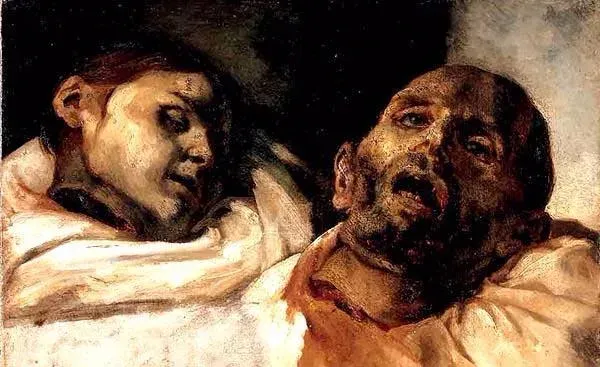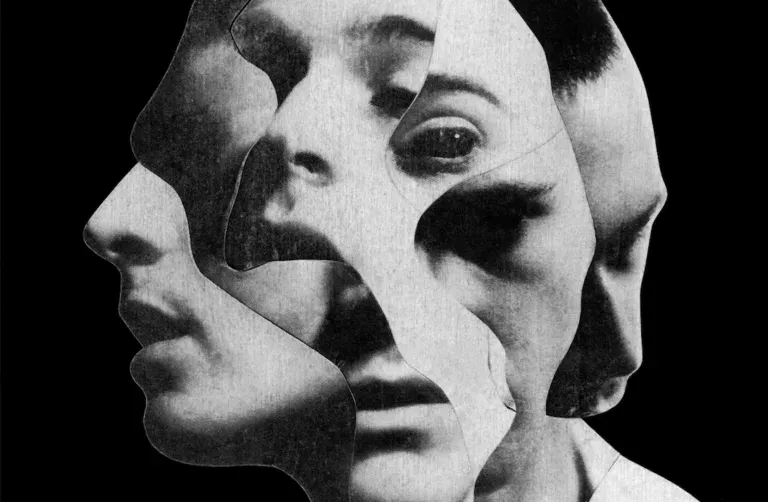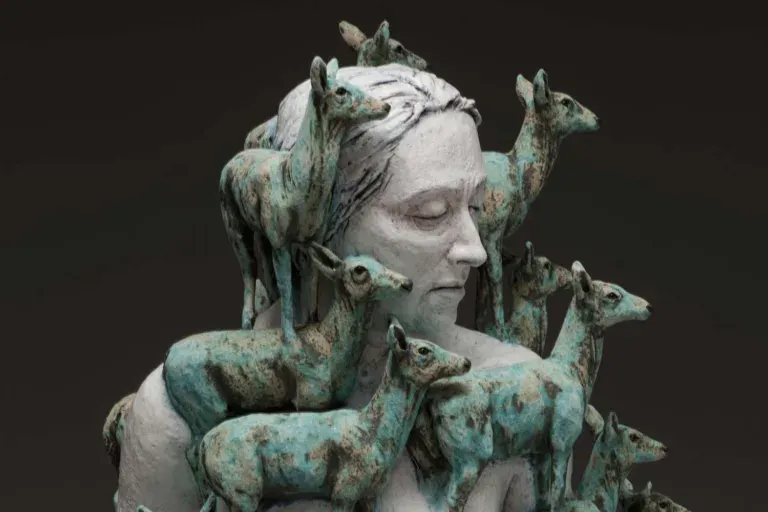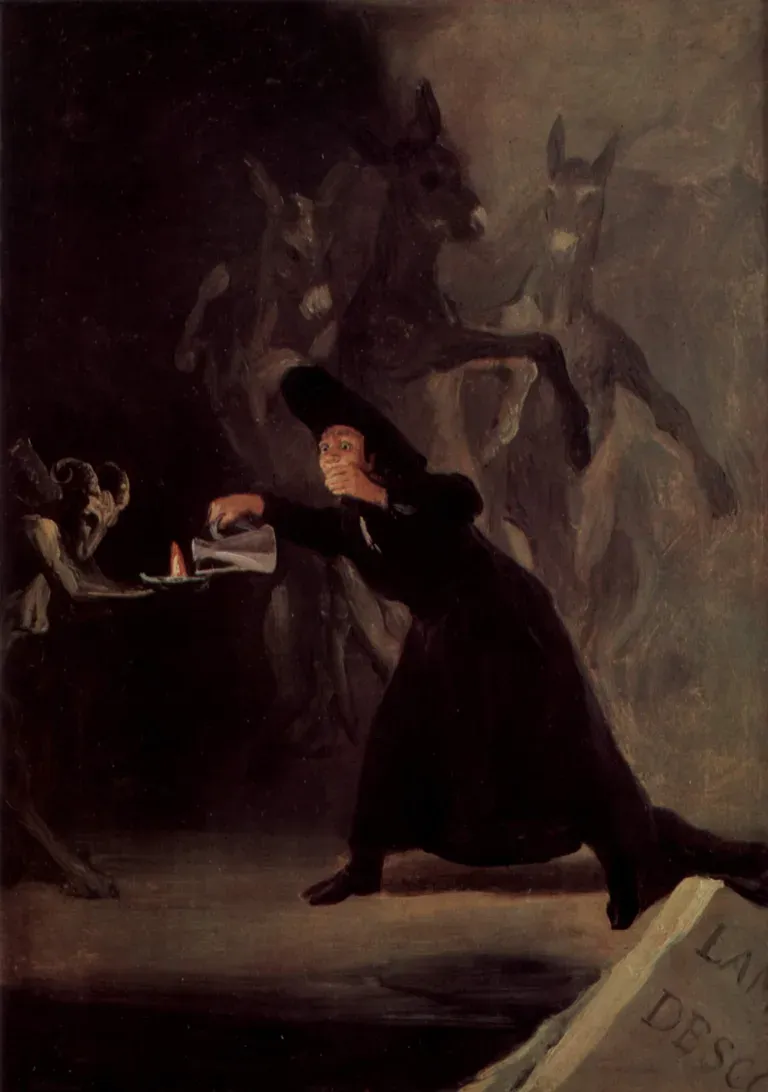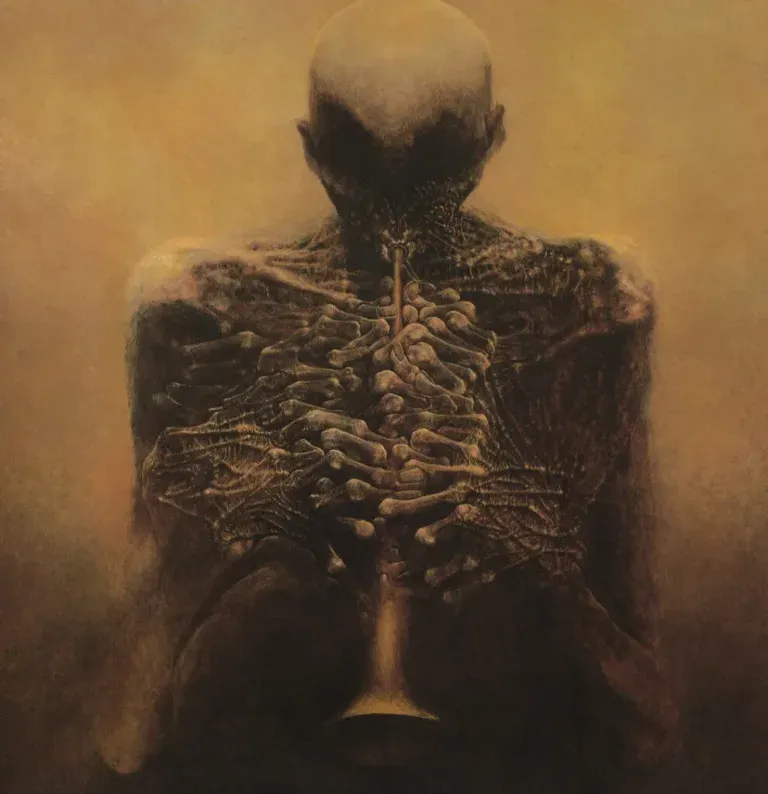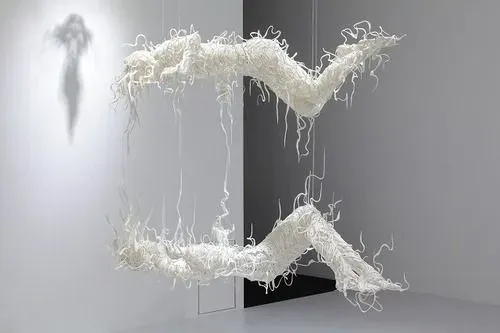Two Severed Heads
“Two Severed Heads” by Théodore Géricault
An Immersion into Horror and Artistic Mastery
Théodore Géricault, a French painter of the 19th century, left an indelible mark on the artistic landscape with his bold and provocative work. One of his most extraordinary pieces, “Two Severed Heads” from 1818, stands as an icon of romantic art that explores the darkest recesses of the human soul.
Historical and Artistic Context
Created during a period when Géricault was fascinated by the macabre and violence, “Two Severed Heads” reflects the tumultuous atmosphere of post-revolutionary France. The work emerges in a context where romantic art was emerging as a response to the rigid artistic conventions of the past.
Composition and Details
The painting portrays two decapitated heads in a raw and realistic image. Géricault distinguishes himself with his mastery in rendering anatomical details, creating an extraordinary visual impact. The skillful use of light and shadow intensifies the sense of drama and contributes to making the heads the focal point of attention.
Meaning and Interpretations
“Two Severed Heads” has sparked numerous interpretations over time. Some critics suggest that the work may reflect Géricault’s interest in criminology and the scientific research of the time. Others see it as a symbolic representation of society’s violence and decay.
Legacy and Influence
This work by Géricault, although unsettling, helped redefine the concept of beauty in 19th-century art. His technical skill in dealing with such bold subjects has inspired subsequent generations of artists, influencing the course of modern art.
In Conclusion
“Two Severed Heads” by Théodore Géricault represents a bold exploration of horror and the harsh reality of life. Through its visual impact and depth of meaning, the work continues to provoke reflections on the human condition and the artistic expression of its complexity.

